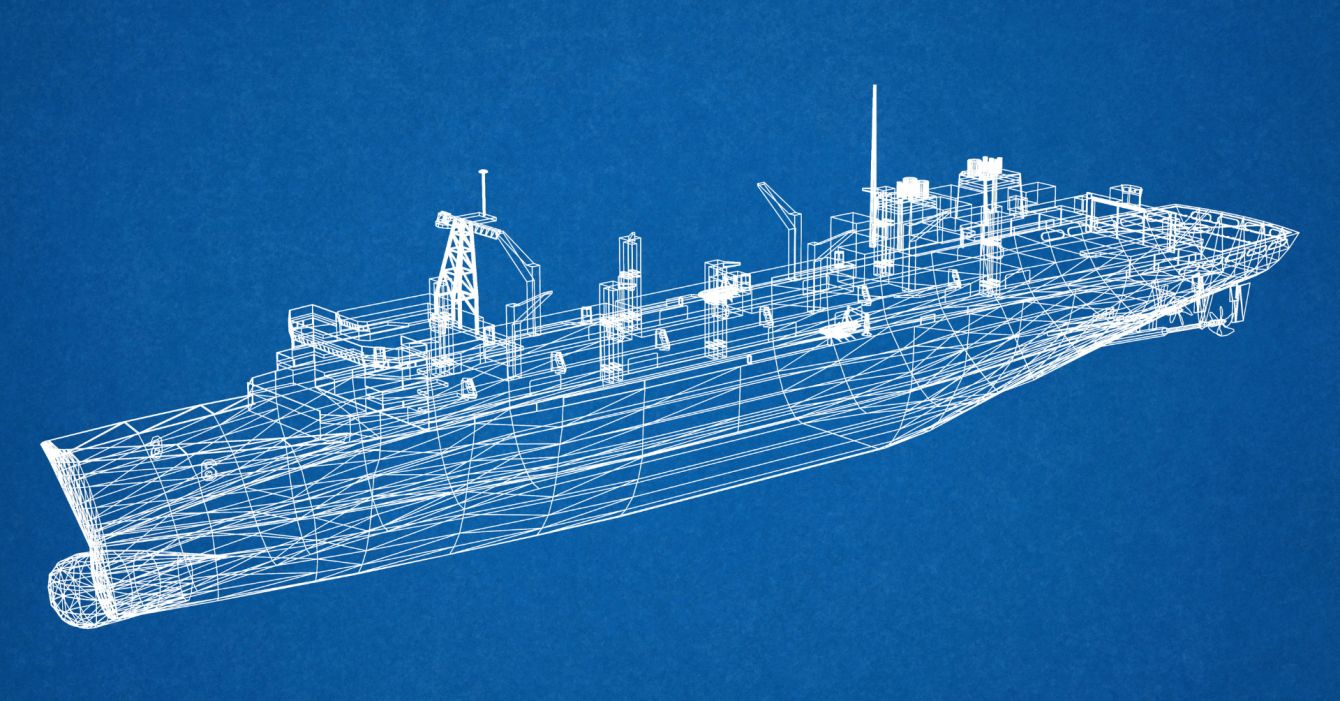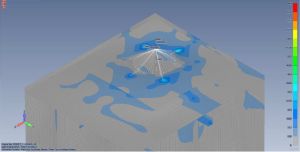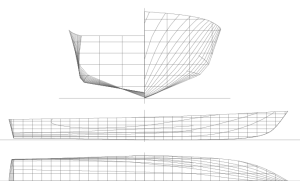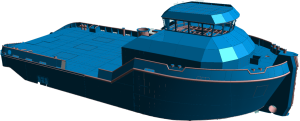
Basic Design
Basic design focuses on the development of crucial parts of a vessel. It includes the overall layout, the arrangement of various spaces and facilities, and the design of key systems.

Basic design focuses on the development of crucial parts of a vessel. It includes the overall layout, the arrangement of various spaces and facilities, and the design of key systems.
FEM (Finite Element Method) analysis is a numerical technique used to simulate and analyze the behavior of complex structures and components under various loads and conditions. It’s employed to assess the structural integrity and performance of ship designs, helping engineers optimize materials and dimensions for safety and efficiency.

Stability calculations are vital for determining a vessel’s ability to remain upright and afloat under different conditions. They assess factors like metacentric height and weight distribution to ensure the ship’s stability and safety during its operations.
Lines plans are detailed drawings that depict the ship’s hull shape and lines, both in profile and plan views. They are essential for shipbuilders and naval architects, providing precise information about the vessel’s form and dimensions.

Exterior styling involves the aesthetic design of a ship’s outer appearance. It considers factors like hull shape, superstructure design, and color schemes to create an attractive and functional vessel that aligns with the owner’s preferences and brand identity.
Interior design focuses on the layout, aesthetics, and functionality of a ship’s interior spaces. It aims to optimize the use of available space while providing comfort and aesthetics for passengers and crew.

Layouts refer to the arrangement and organization of various components within a ship, including cabins, galleys, engine rooms, and public spaces. Efficient layouts ensure smooth operations and occupant comfort.

Piping design focuses on the ship’s fluid systems, including water, fuel, and waste. Detailed drawings of these systems are crucial for installation and maintenance, ensuring they function reliably.

Class drawings are a set of detailed plans and documents that comply with the classification society’s rules and regulations. They demonstrate that the ship design meets safety and quality standards required for certification and compliance with international maritime regulations.
